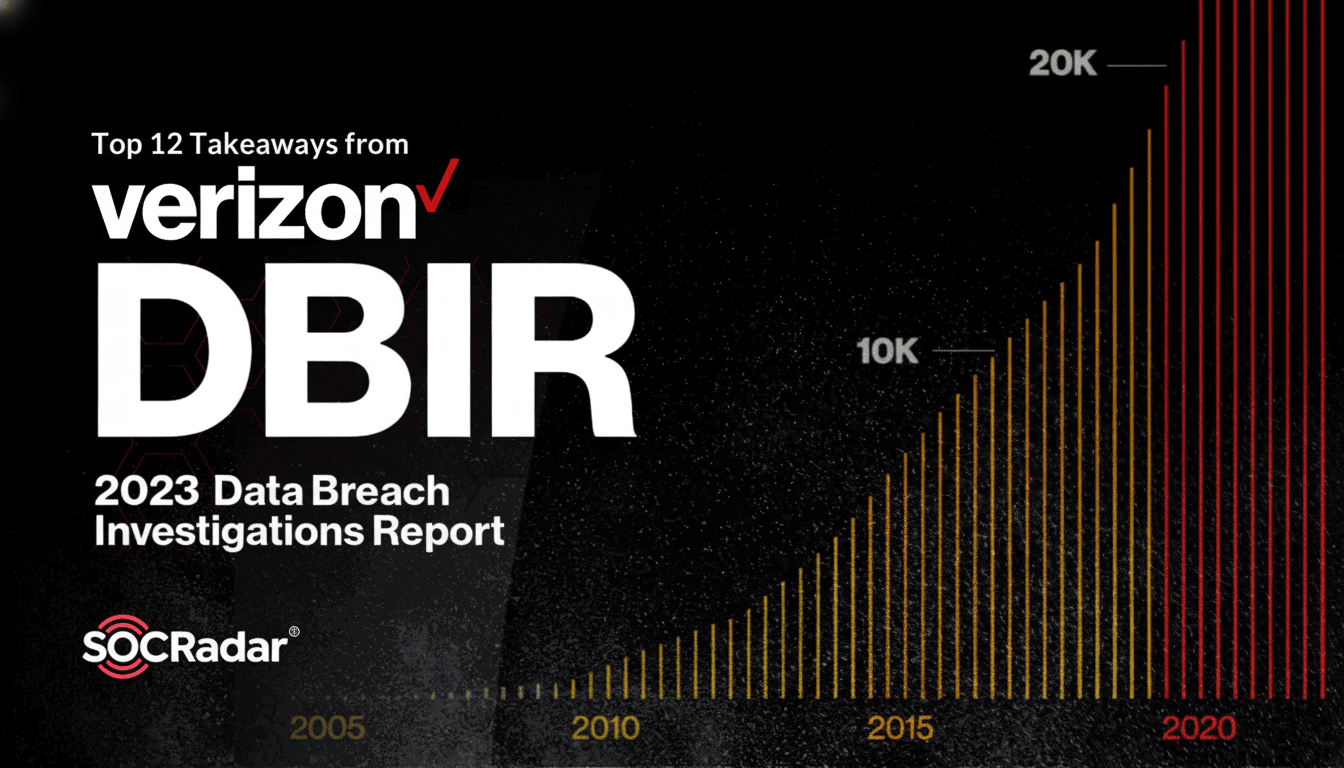It feels organic to plop that phone down on the table, screen up and ready for the next ping. But that humble act of blithely broadcasting one’s location nibbles again and again at privacy, attention, battery life, and even a person’s general alertness to the natural world — to say nothing about hardware. It is a small adjustment with outsize benefits — the kind that comes not only from research and real-world security lessons but also, apparently, the tiniest bit of common sense.
Your Notifications Become Public to Everyone Nearby
With the screen up and facing outward, every lock-screen alert becomes a billboard. A banking push, a two-factor code, a message preview — everyone in eyeshot stands the potential chance to catch sensitive details on a glance. Security pros refer to this type of attack as visual hacking, and it’s been shown to be effective in 91% of penetration tests that targeted office environments, according to research from the Ponemon Institute with 3M.
- Your Notifications Become Public to Everyone Nearby
- Why Face-Down Mode Helps You Maintain Better Focus
- A Small Move That Delivers Noticeable Battery Gains
- Reduce Risk to Your Phone’s Screen and Camera Lenses
- Better Phone Etiquette That Clearly Signals Attention
- How to Make the Face-Down Phone Habit Truly Stick
- The Bottom Line on Putting Your Phone Face Down

That risk isn’t limited to workplaces. Coffee shops, airports, shared desks, and meeting rooms are all places ripe for shoulder surfing. Even with strong passwords, exposed snippets can assist social engineering, which is a common theme in the Verizon Data Breach Investigations Report. Face-down immediately shuts that window.
Why Face-Down Mode Helps You Maintain Better Focus
It’s hard to resist a glowing rectangle. Even the presence of a smartphone can lower our available cognitive capacity — even when it’s turned off and face down. When the screen is up and brightening on each alert, the effect is more pronounced.
Reducing visual noise allows you to be more present in a conversation or deep work. According to consumer surveys from outlets like Asurion and Reviews.org, people look at their phones dozens — if not more than 100 — times a day. Cutting down on prompts eliminates those reflexive pick-ups and leaves you more brain space for people and things that actually matter to you.
A Small Move That Delivers Noticeable Battery Gains
The hungriest part of most smartphones is the screen. Each time it wakes up to respond to a lock-screen ping, you’re using power that you didn’t intend to spend. Many devices try to help: The iPhone has Face Down Detection, which uses sensors to keep the screen from lighting up when you place the glass down; numerous Android models include similar or “Flip to Shhh” modes.
Those fewer wake-ups really add up across a day, especially if you get notifications and use always-on display features. The payoff is modest but measurable battery savings and diminished notification fatigue — checking on your terms, not your apps’.
Reduce Risk to Your Phone’s Screen and Camera Lenses
A phone face-up is asking for spills, crumbs, and pocket grit right on the glass. Liquids can seep along the speaker and sensor cutouts; little particles of dirt will scratch coatings as you slide your device all around. Placed screen down, the table functions as a shield rather than a landing place for danger.

Concerned about nicks from rough surfaces? Use a case with a raised lip, and put the phone down on a smooth mat or clean coaster — which are simple habits but keep both the screen and the increasingly prominent rear camera array out of harm’s way. It’s affordable armor for the most expensive part of your device.
Better Phone Etiquette That Clearly Signals Attention
There’s a social upside, too. Research in journals such as Computers in Human Behavior has found a correlation between “phubbing” (phone snubbing) and decreased relationship satisfaction. A phone with its face up means you’re half-present and prepared to pull away. It’s an unmistakable signal, when it flips over: I am here with you.
It may sound small, but in a meeting, during a meal, or in an interview, such a seemingly simple act can alleviate tension and introduce collaboration to the conversation. It reinscribes the device as a thing you opt to engage with, rather than a beacon that accosts you at will, even when it’s only your time that suffers for it.
How to Make the Face-Down Phone Habit Truly Stick
Match face-down with smarter notifications. Turn off message previews on the lock screen, prioritize just the apps you need, and activate a scheduled Focus or Do Not Disturb during work or dinner. And if vibration continues to call out, tone down haptic strength or silence alerts for unessential apps.
When you do want eyes-up awareness — maybe you’re waiting on a delivery, monitoring a call, or whatever else might be going on near the periphery of your activities — make it an explicit exception. The key is intentionality: you choose when your phone demands your attention, not the other way around.
The Bottom Line on Putting Your Phone Face Down
It’s fast, it doesn’t cost anything, and the results can be surprisingly strong. It keeps privacy from casual snoops, maintains attention at key moments, saves a little bit of battery life, and decreases the chances of cosmetic damage. In a world designed to distract, a move this small deserves its spot as an everyday best practice.

